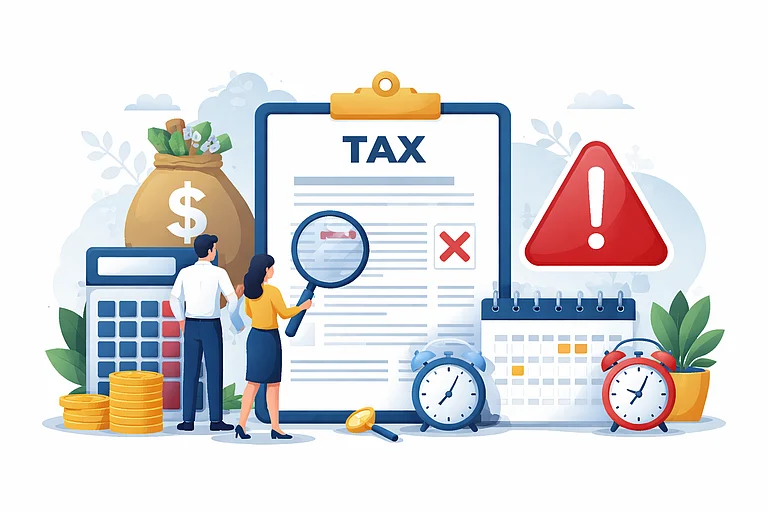If you are a business owner, freelancer, or professional like a doctor, lawyer, or CA, filing your income tax return just got a little more detailed this year. The Central Board of Direct Taxes (CBDT) has released the ITR-3 form for Assessment Year (AY) 2025-26, and there are some important updates that taxpayers should know.
What is the ITR-3 Form, and who needs it?
The ITR-3 form is specifically used by individuals and HUFs (Hindu Undivided Families) who earn income from any business or profession. Moreover, if you are a salaried employee with a side business or freelance income, this form applies to you, too. However, it is essential to know that if your income does not include business or professional earnings, then you will need to file a different ITR form, namely ITR-1, also as Sahaj or ITR-2 ( for those who earn income from various sources but not from profits and gains of any business or profession).
What are the key changes in the ITR-3 Form?
In the new ITR-3 form rolled out for the financial year (FY) 2025-26, the income tax department has made some tweaks for reporting capital gains, Tax Deducted at Source (TDS), and other key filing necessities for professionals and business owners. Let's understand in detail what these changes are and what you need to do.
Here are the six changes that you should know about:
Capital Gains Now Split by Date
As per the changes that were announced in the Finance Act 2024, any profits from selling assets (like property or stocks) must now be reported differently based on when you earned them, that is, before or after 23 July 2024. This impacts how your Tax is calculated, so it is important to make sure you categorise the capital gains correctly.
New Condition for 'Share Buyback Losses'
If you lost money on share buybacks after 1 October 2024, there's good news: you can now claim that loss. But there is also a catch: you must show the related dividend income under "Income from Other Sources." Skip this step, and the tax office will reject your claim.
Fewer People Need to Disclose Assets
Earlier, many taxpayers had to list their assets and liabilities. Now, only those with a total income above Rs 1 crore and above need to do this. If you fall in this category, get your property, investments, and loan details ready before filing.
Cruise Ship Businesses Get a Special Rule
If you operate cruise ships, there's a new Section 44BBC just for you. The taxman will assume 20 per cent of your passenger earnings as profit; no detailed books are required.
More Scrutiny on Tax Breaks
Now, claiming deductions under Section 80C (for investments like PPF, life insurance, etc.) or HRA exemptions will face tighter scrutiny. The tax department is pulling the rope for claiming deductions to prevent errors and false claims.
On the part of taxpayers who claim these deductions, they will now have to provide information in more detail to proper eligibility and also limit errors in reporting.
Mention TDS Codes Clearly
There is a small but crucial update regarding TDS. Now, when reporting TDS (such as Tax deducted by clients or employers), you must now mention the exact section code under which Tax was cut. This is expected to help avoid mismatches and delays in processing of the ITRs.
Important Deadlines to Know
For ITR filings that do not require auditing, the deadline to file income tax returns is, as per usual, 31 July, 2025. However, for audit-required cases, 31 October 2025 is the last date to file ITR.
The new ITR-3 form is supposed to simplify reporting for taxpayers but with stricter rules.
If you are unsure about any changes, consulting a tax expert might save you from last-minute hassles. It is important for taxpayers to stay informed, file on time, and avoid unnecessary penalties.
















